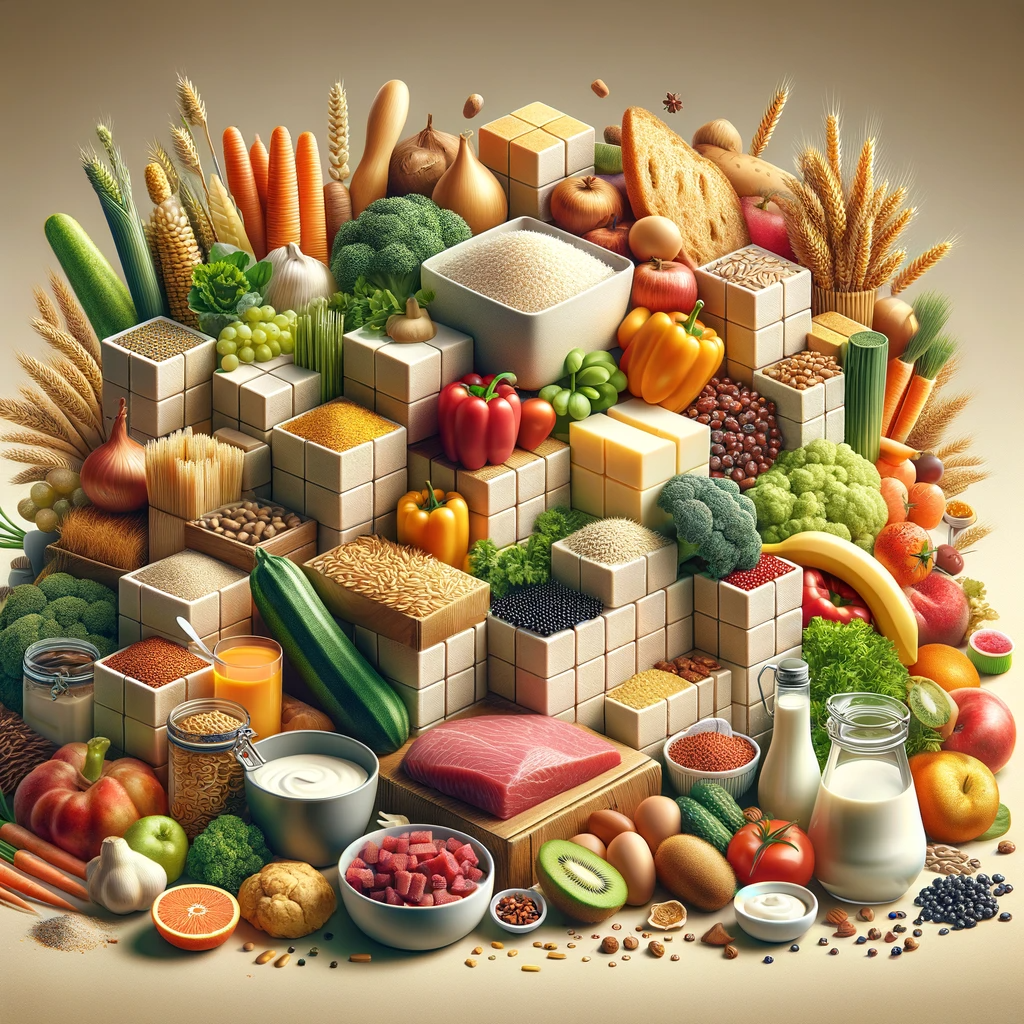Introduction
Food ingredients are the foundation of every dish we enjoy, whether it’s a homemade meal or a gourmet restaurant creation. These components not only provide flavor and texture but also play a crucial role in defining the nutritional value of what we consume. In this article, we’ll delve into the world of food ingredients, shedding light on their importance, types, and how they contribute to the overall culinary experience.
1. What Are Food Ingredients?
Food ingredients are the individual components or substances used to prepare dishes and recipes. These can include everything from fresh produce like vegetables and fruits to more processed items like spices, condiments, and pantry staples such as flour, sugar, and oil. In essence, ingredients are the building blocks that chefs and home cooks alike use to create delicious meals.
2. The Importance of Ingredients in Cooking
Ingredients are the heart and soul of any dish. They determine its taste, texture, and nutritional profile. Whether you’re cooking a simple omelet or a complex multi-course meal, the choice of ingredients significantly impacts the final outcome. Fresh, high-quality ingredients can elevate a dish to culinary perfection, while subpar ones can lead to disappointment.
3. Types of Food Ingredients
Food ingredients can be categorized into several groups based on their nature and use:
- Primary Ingredients: These are the main components of a dish, such as meat, vegetables, and grains. They form the core of a recipe.
- Secondary Ingredients: These are used to enhance flavors, add depth, or provide balance. Examples include herbs, spices, and seasonings.
- Liquid Ingredients: Liquids like water, broth, milk, and various types of sauces play a crucial role in cooking, contributing to both flavor and texture.
- Sweeteners: Ingredients like sugar, honey, and syrups are used to add sweetness to dishes, whether in desserts or savory recipes.
- Fats and Oils: Fats and oils, such as butter, olive oil, and coconut oil, are essential for cooking and can affect the texture and flavor of a dish.
- Leavening Agents: Baking powder, yeast, and baking soda are examples of leavening agents that help dough and batter rise in baking.
4. The Role of Ingredients in Nutrition
Ingredients not only influence the taste and appearance of food but also impact its nutritional content. The choice of ingredients can determine the calorie count, macronutrient composition, and presence of essential vitamins and minerals in a meal. Being mindful of ingredient selection is vital for maintaining a balanced and healthy diet.
5. Reading Labels and Understanding Ingredients
When shopping for packaged foods, it’s important to read labels carefully. Manufacturers list ingredients in descending order of quantity, with the primary ingredient appearing first. Pay attention to food labels to make informed choices about what you consume, especially if you have dietary restrictions or allergies.
Conclusion
In conclusion, food ingredients are the elemental components that make up our meals. They wield immense power in determining the taste, texture, and nutritional value of the food we eat. As cooks and consumers, being aware of the types and quality of ingredients we use is essential for creating delicious and health-conscious meals. So, the next time you step into your kitchen or dine out, remember that ingredients are the unsung heroes behind every culinary masterpiece.
